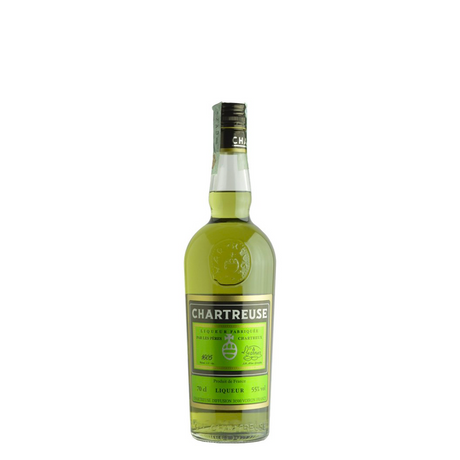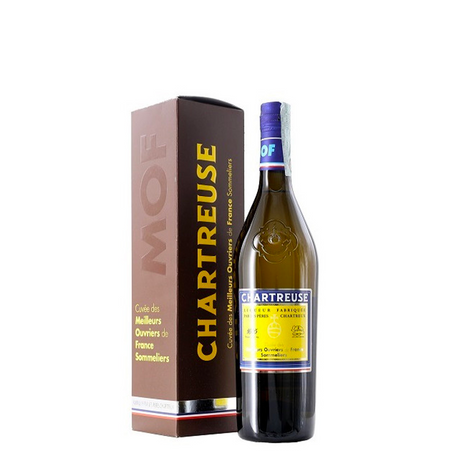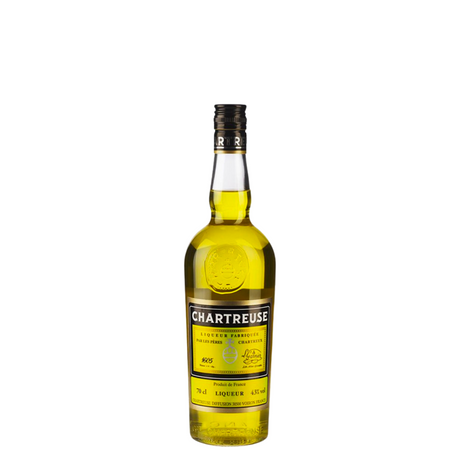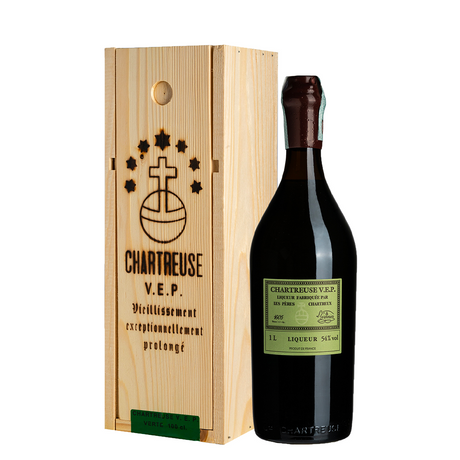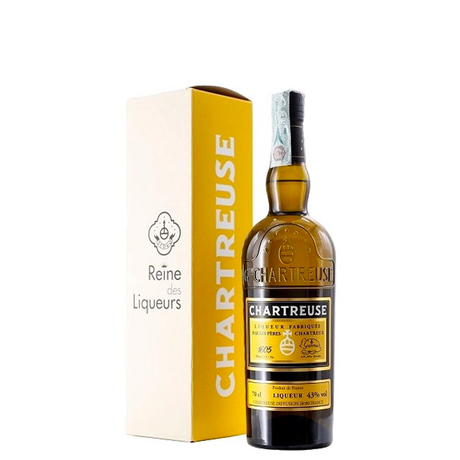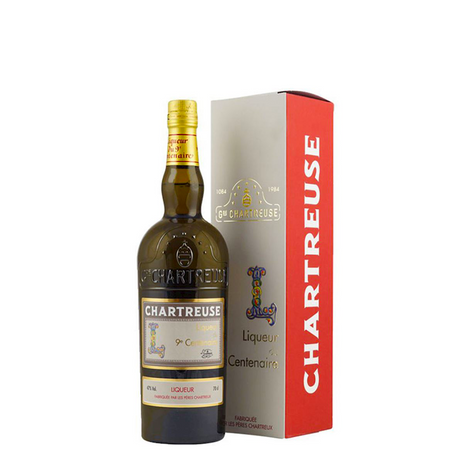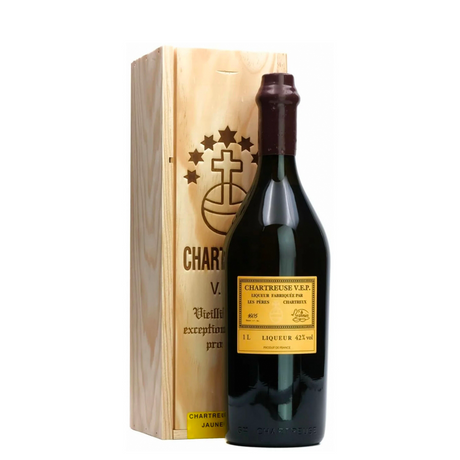Among the world's most fascinating and mysterious spirits, Chartreuse holds a special place. This herbal liqueur , unique for its centuries-old history and unmistakable natural color, is still produced today by Carthusian monks according to a secret recipe passed down since 1605. From the yellow Chartreuse to the more intense green, each variant embodies a wealth of tradition, nature, and spirituality.
Secular origins of the Chartreuse
The 1605 manuscript and the Elixir of Long Life
The legend begins in 1605, when Marshal d'Estrées, in the service of Henry IV, donated a mysterious manuscript to the monks of the Chartreuse de Vauvert. It contained a complex recipe based on over 130 herbs and spices, described as the Elixir of Long Life.
Deciphering the formula took decades, but in 1737 the monks managed to perfect it, giving birth to the famous Élixir Végétal de la Grande-Chartreuse, still produced in small quantities today.
From the Vauvert Monastery to the French Alps
Over the centuries, Chartreuse production moved several times: from Paris to Tarragona in Spain, until finally settling in Aiguenoire , at the foot of the French Alps. Here, in a remote and evocative location, the Carthusians still guard the secret of this extraordinary liqueur.
The secrecy of the recipe
The 130 ingredients including herbs, roots and spices
Chartreuse is the only liqueur in the world made with 130 botanicals , including herbs, roots, flowers, and spices. Each ingredient is carefully selected, dried, and then macerated in high-quality alcohol.
The exclusive role of the Carthusian monks
The mystery surrounding Chartreuse is part of its allure: only two monks know the details of the complete recipe and personally supervise every stage of the process, assisted by a few lay collaborators.
Chartreuse production process
Maceration and distillation
The herbs are macerated in alcohol and distilled in copper stills. This technique preserves even the most delicate aromas, creating a unique symphony of aromas and flavors.
Aged in oak barrels
After distillation, the Chartreuse rests for years in large French oak barrels, where it acquires structure, depth and aromatic complexity.
Chartreuse color: a natural symbol
Green: the strength of chlorophyll
Green Chartreuse owes its bright color exclusively to natural chlorophyll. With 55% alcohol , it releases intense aromas of balsamic herbs, spices, and citrus, revealing an extraordinary complexity.
Yellow Chartreuse: the splendor of saffron
Yellow Chartreuse stands out for its golden color , achieved thanks to saffron. More delicate and velvety, with its 40% ABV, it's ideal as a digestif or enjoyed on the rocks. Its smooth profile also makes it perfect for refined cocktails.
The different types of Chartreuse
Elixir Végétal de la Grande-Chartreuse
The oldest and most concentrated version, with its 71% alcohol content , is still sold today as a digestive tonic. It is traditionally consumed diluted in sugared water or on a sugar cube.
Chartreuse Verte: intensity and complexity
A powerful and aromatic blend, ideal for those who love strong flavors. It's also used in mixology for iconic cocktails like the Last Word.
Yellow Chartreuse: elegance and softness
Less alcoholic, more rounded, and sweeter. It's popular both as an after-dinner drink and as an ingredient in modern bartending recipes.
Chartreuse as a herbal liqueur
Digestive and tonic properties
Thanks to its botanical richness, Chartreuse is known for its digestive properties. A small glass after a hearty meal is a widespread tradition in France and beyond.
Use in mixing and cocktails
Bartenders around the world use it to create complex and aromatic cocktails. Its intensity pairs well with citrus fruits, vermouth, and spiced liqueurs.
The Chartreuse today
The Aiguenoire production site
Production continues in Aiguenoire, near Grenoble, where unspoiled nature and spirituality blend in a unique union.
International diffusion
Today Chartreuse is known and appreciated throughout the world, a symbol of authenticity, tradition and mystery.
FAQ about Chartreuse
1. What is Chartreuse?
It is an ancient herbal liqueur produced by Carthusian monks since 1605 with a secret recipe based on 130 botanicals.
2. What is the difference between green Chartreuse and yellow Chartreuse?
The green one is more alcoholic (55°), intense and complex; the yellow one is more delicate (40°) and soft, with a golden colour given by the saffron.
3. What gives the Chartreuse its color?
The green one from the natural chlorophyll content, the yellow one from saffron.
4. What is Elixir Végétal?
It is the original version, very concentrated, with 71% alcohol, used as a digestive tonic.
5. How do you drink Chartreuse?
Straight, on the rocks, diluted in sugar water or as an ingredient in refined cocktails.
6. Where is Chartreuse produced today?
In Aiguenoire , in the French Alps near Grenoble.
Conclusion: the timeless charm of Chartreuse
Chartreuse is more than just a herbal liqueur , but a legacy of culture and spirituality. From its natural color —green or yellow—to its centuries-old history, it represents an enduring symbol of monastic tradition. Whether it's a sip of Elixir Végétal , a glass of yellow Chartreuse after dinner, or a modern cocktail, every sip evokes a journey through time and nature.


